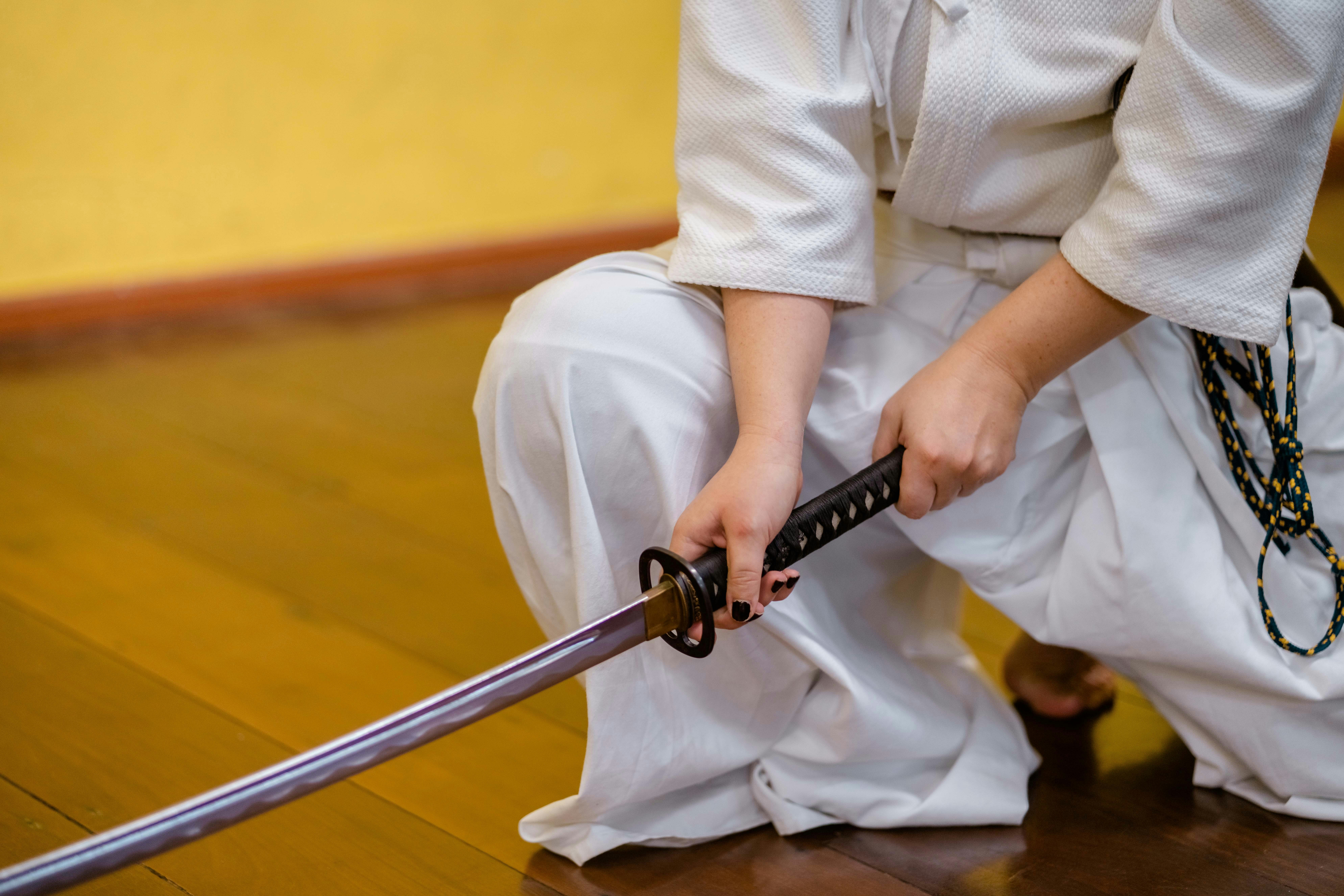
Fencing is more than just a test of speed and agility; it is a sport that requires the fusion of mental sharpness with physical strength. Unlike other athletic competitions, fencing is often described as physical chess, where each move demands calculation, anticipation, and quick adaptation. The blend of strategy and action makes it uniquely challenging.
At its core, fencing is not simply about defeating an opponent but about discipline, resilience, and precision. The athlete must maintain complete control over their body and mind, making every strike, block, and retreat both intentional and efficient. This makes training for fencing a holistic process that extends well beyond physical drills.
Building Physical Endurance
To compete at high levels, fencers must develop a strong foundation of stamina and muscle control. Endurance is essential because matches can be intense, requiring repeated bursts of energy in short intervals. For this reason, fencers engage in cardiovascular training such as running, cycling, or interval workouts to build the capacity to stay sharp under pressure.
Additionally, strength training plays a critical role. Lower body power is crucial for quick lunges, retreats, and explosive movements, while upper body conditioning ensures stability during strikes. Core strength acts as the glue, helping fencers maintain balance and posture during rapid exchanges. With consistent training, athletes are able to sustain performance without losing form or precision.
The Precision of Technique
Beyond physical fitness, fencing revolves around the mastery of technique. Each movement, from the positioning of the feet to the angle of the blade, influences the outcome of a match. Coaches emphasize drills that refine accuracy, such as repetitive lunges, parries, and ripostes. These exercises engrain muscle memory, allowing fencers to act instinctively when under pressure.
Transitioning from training to competition, technical mastery gives athletes confidence. When technique is second nature, fencers can focus on strategy rather than worrying about execution. This frees the mind to anticipate the opponent’s moves, setting traps or exploiting openings in real time. Technique, therefore, serves as the bridge between physical preparation and tactical thinking.
The Mental Game
While physical conditioning is essential, the mental aspect of fencing often separates good athletes from great ones. Concentration is at the heart of performance. A single lapse in focus can give the opponent the advantage, making mental endurance just as vital as physical stamina. Visualization techniques and meditation are often incorporated into training to sharpen focus and reduce distractions.
Moreover, fencing requires resilience. A lost point can easily disrupt confidence, but elite fencers learn to reset quickly and remain composed. They approach each exchange as a fresh opportunity rather than dwelling on mistakes. This mental discipline fosters consistency, which is key in the high-pressure environment of competitive bouts.
Strategy and Adaptability
Another unique element of fencing is its reliance on strategy. Unlike many sports that emphasize repetitive plays, fencing requires constant adaptation. Each opponent presents a new puzzle to solve, and the ability to adjust tactics on the fly is crucial. Experienced fencers learn to analyze body language, detect patterns, and predict movements within seconds.
In training, athletes simulate different scenarios to prepare for this adaptability. For example, sparring sessions with varying opponents help develop flexibility in strategy. Over time, fencers build a mental toolkit, enabling them to respond quickly to unexpected maneuvers. This strategic versatility often determines who prevails when skill levels are evenly matched.
Discipline Beyond the Strip
Perhaps the most valuable lesson fencing teaches is discipline. The daily grind of conditioning, technical drills, and mental preparation instills habits that extend beyond the sport. Time management, perseverance, and self-control become second nature. Fencers often carry these qualities into academics, careers, and personal life.
Furthermore, fencing cultivates respect. Athletes are taught to honor opponents, coaches, and the rules of the sport. This respect fosters a sense of community and ensures that competition remains constructive rather than destructive. In this way, fencing transcends athletics, becoming a practice in character building as much as physical performance.
By combining fencing training, athletic discipline, mental toughness, strategic thinking, and physical conditioning, fencing emerges as one of the most demanding yet rewarding sports. It demonstrates how fencer training techniques and competitive fencing strategies shape not just the body but also the mind, producing individuals who are resilient, precise, and adaptable both on and off the fencing strip.